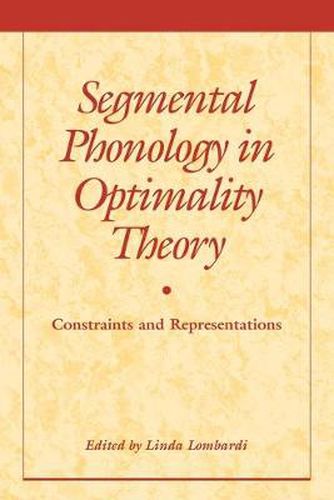Readings Newsletter
Become a Readings Member to make your shopping experience even easier.
Sign in or sign up for free!
You’re not far away from qualifying for FREE standard shipping within Australia
You’ve qualified for FREE standard shipping within Australia
The cart is loading…






Optimality theory has rapidly become the dominant framework in formal phonological theory. OT fundamentally revises the basic notions of generative grammar, replacing rules and derivations with a system of interacting constraints. Early work in OT tended to concentrate mainly on prosodic phonology and the phonology-morphology interface, and it was not initially clear how the theory could attack the rich range of phenomena found in segmental alterations. However, there is a body of work that concentrates on working out the details of featural phonology with OT, and this work shows that the theory allows superior explanations of the typological possibilities and the underlying motivations for these phenomena. This volume, first published in 2001, brings together work by some of the influential researchers in this area, ranging from the authors of influential dissertations to prominent senior faculty.
$9.00 standard shipping within Australia
FREE standard shipping within Australia for orders over $100.00
Express & International shipping calculated at checkout
Stock availability can be subject to change without notice. We recommend calling the shop or contacting our online team to check availability of low stock items. Please see our Shopping Online page for more details.
Optimality theory has rapidly become the dominant framework in formal phonological theory. OT fundamentally revises the basic notions of generative grammar, replacing rules and derivations with a system of interacting constraints. Early work in OT tended to concentrate mainly on prosodic phonology and the phonology-morphology interface, and it was not initially clear how the theory could attack the rich range of phenomena found in segmental alterations. However, there is a body of work that concentrates on working out the details of featural phonology with OT, and this work shows that the theory allows superior explanations of the typological possibilities and the underlying motivations for these phenomena. This volume, first published in 2001, brings together work by some of the influential researchers in this area, ranging from the authors of influential dissertations to prominent senior faculty.